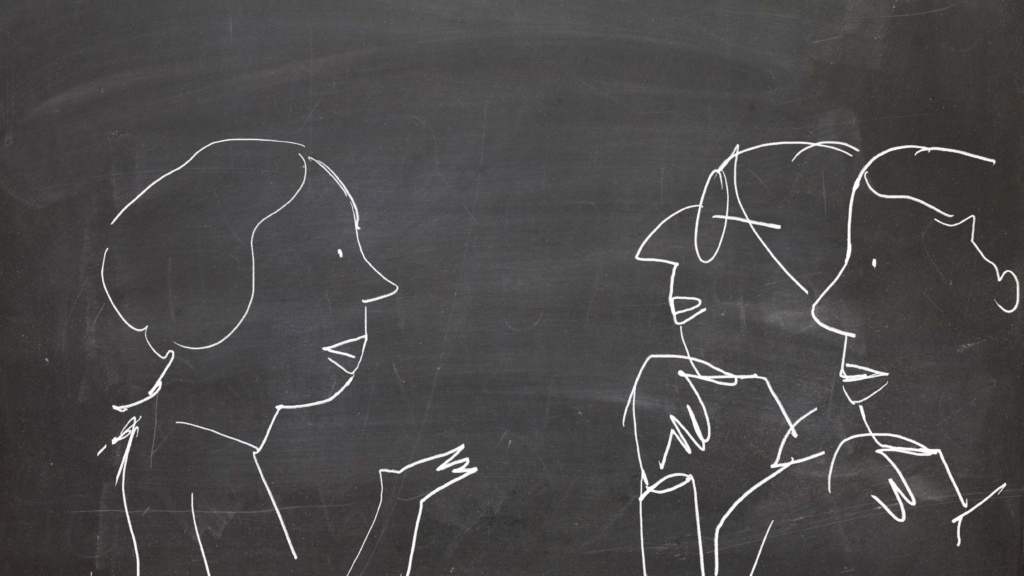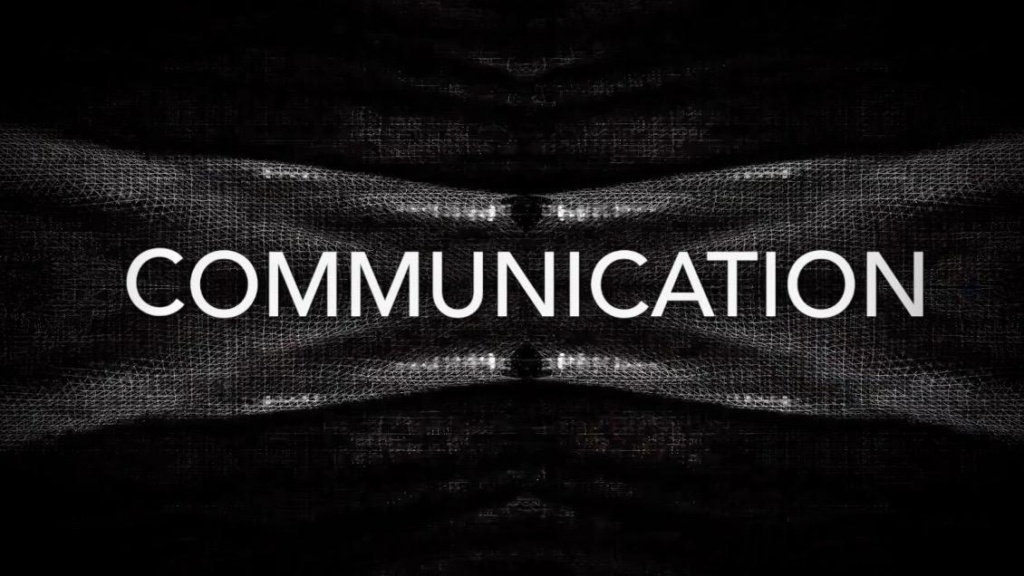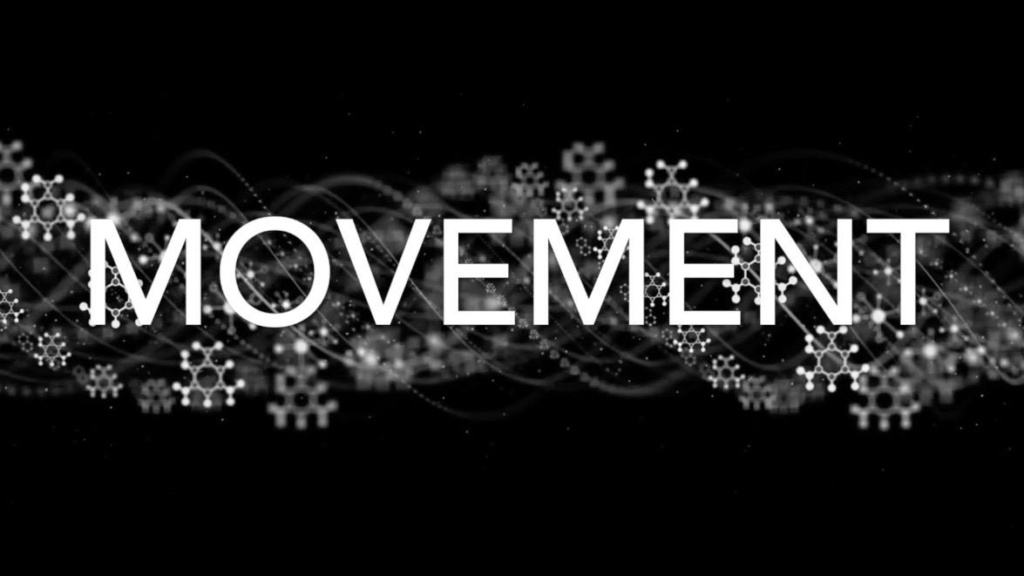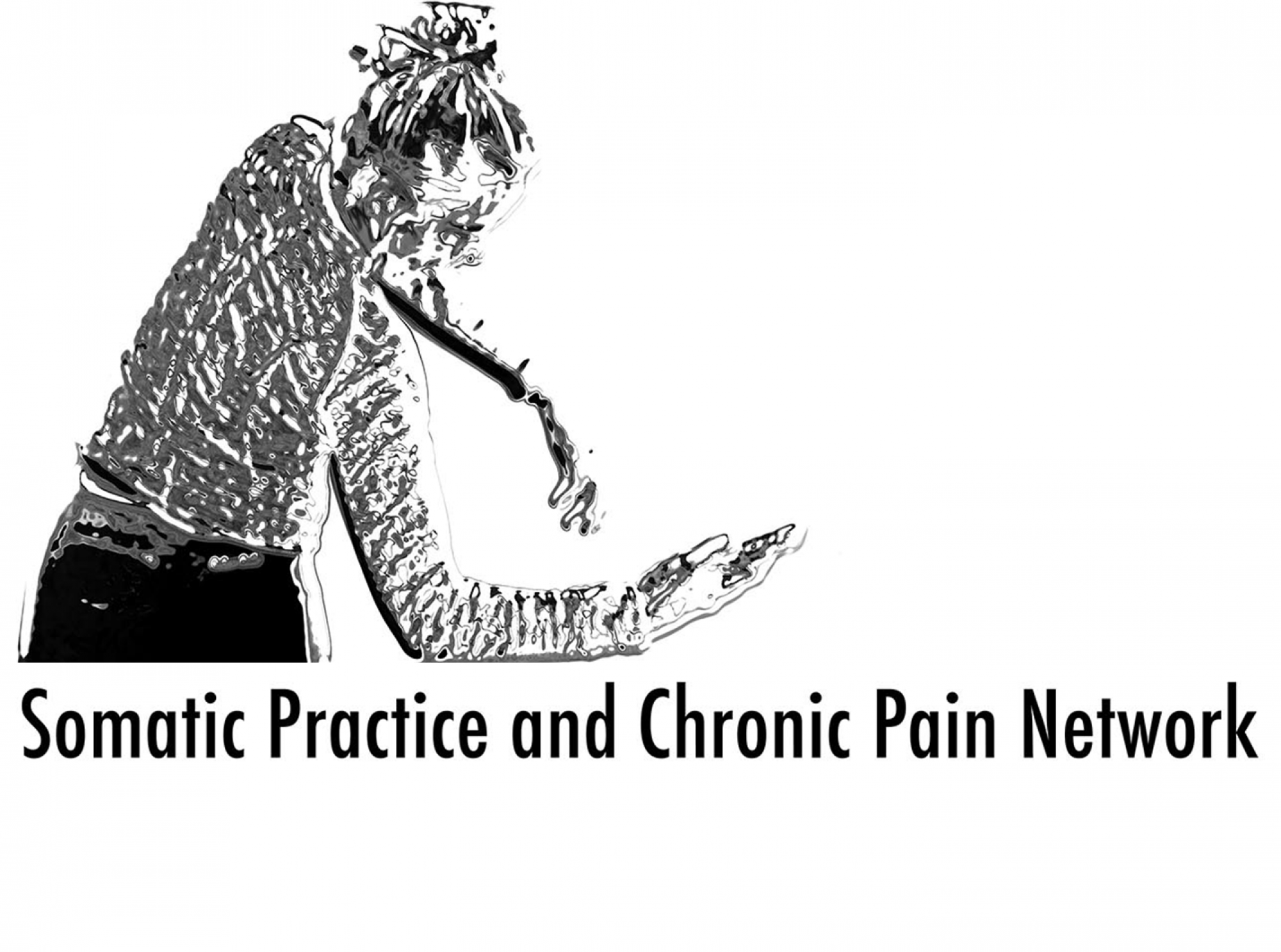by Micia de Wet
The Somatic Practice and Chronic Pain Network held a webinar on the topic of Persistent Pain: Movement and (Mis) Communication on 5th of May 2021. The event included short presentations and discussion with panel/ participants. Here we share a summary of the chat at the webinar.
An overview of what was on offer
In his talk, Rob Young (writer and artist) presented attendees with the metaphor of pain being a kaleidoscope, a constantly changing pattern of experiences. An attendee noted the challenge of finding the language to articulate how the pain presents itself on a day-to-day basis, which is an evolving and dynamic experience. Rob also emphasised that “we are more complex than broken machines that need fixing,” important for understanding how to treat pain.
Artist-researchers Anna Macdonald and Ceri Morgan shared a film from their project called Circling, which explored pain, movement and writing. The intimacy cultivated by the film stood out to participants and panel members alike. Intimacy was seen as a process of communication that invites dialogue in how pain is expressed. Additionally, there was interest in how the film demonstrated the support that surfaces within one’s home can provide, for pain relief and healing.

Professor of Nursing, Bernie Carter’s presentation inspired reflections on listening as a transformative tool, including reference to her project Communicating Lily’s Pain. An attendee at the webinar noted how understanding an individual’s experience of pain often arises from “long-term deep listening .” Another attendee shared that when anindividual is afforded time and space in order to express their experience, there is a direct impact on their autonomic nervous system, which in turn influences the perception of their pain. One attendee who is a somatic practitioner noted that he often uses a “light touch to listen…” with patients experiencing pain, emphasising listening to the body.
Toshio Nomura (professor of health and technology) presented on the socio-cultural roots of language and its relationship with the communication of pain. One attendee noted that “how the body is recognised in Chinese and Japanese medicine has a great deal to offer Western medicine models.” Another suggested that the language a person chooses to use “leads to completely different expressions of pain,” and influences how pain is treated and managed by physicians and practitioners.
(Mis)communication, pain and community

A central point of interest was the communication process between healthcare professionals, somatic practitioners and patients. Bernie Carter offered useful insight regarding reassurance as a tool, referring to her work in children’s pain care. However, the way medical professionals communicate with their patients was noted as a generally underdeveloped skill by an attendee. Rob suggested that “we need to create a safe space first before trust can be exchanged.”
Moreover, the experience and communication of pain influences caregivers and loved ones. An attendee stated that “observing extreme pain regularly is very difficult in a [romantic] relationship.” Reflecting on her work with children, Bernie relayed that parents similarly “talk about how desperately difficult they find it to live alongside their child’s pain.”
Down-playing pain was discussed as a coping mechanism, especially in relationships chronic pain sufferers have with their loved ones. An attendee offered insight that “If I talk about it all the time then it is there all the time. If I can shut it down some then it sits in the background…”. Rob Young asked if reserve is more problematic than we realise, arguing that humans are “sociable creatures” who “strive to communicate pain as a natural survival tool, so it is counter-productive to stifle that through shyness or cultural conformity.”
Visual and tactile aids, such as drawing and crafting materials, were noted by Bernie Carter as effective resources in getting adults and children to articulate and describe their pain. The cathartic power of sounds was also widely acknowledged by the attendees and panel members. Sarah Charles (from the webinar organising team) mentioned that sound can be useful in the articulation of specific feelings of pain.
Communicating somatically: the body, movement, and pain

Movement practices, such as walking and writing, were discussed as effective approaches for managing and communicating chronic pain. However, it was also mentioned by an attendee that the practice of walking as a healing or restorative practice only worked for them because they had a natural joy in walking. Whatever movement practice a person with pain undertakes, it was suggested that the person can find enjoyment, rather than adopting it as a type of rigid treatment plan.
Distinctions were also made by attendees and panellists between somatic processes such as healing, and the expectation of a cure from medical practices. “Expectation of a cure comes from within healthcare itself,” stated an attendee. Adversely, another attendee suggested that “healing is always available and this gives so much hope.” The discussion prompted the realisation that healing should be allowed to happen, rather than something that a person tries to make happen through force. Bernie Carter reflected that, “the idea that people’s expectations are different within the context of arts is really interesting. I think that within health services, the expectation or hope is that a cure will be possible.”
Moving into the future
Connections were made between ritual and pain (see here on birth, and emotions), geopoetry and creative writing, and movement scores for dealing with pain. Bernie Carter noted the impact of changing one’s environment for pain management, exemplifying the Cheetahs Wheelchair Club. The impact of vagal nerve stimulation through cold water immersion and swimming was also mentioned as an alternative way of managing pain, both mental and physical. On the horizon, research such as that undertaken currently in Australia by Professor Tasha Stanton on mental imagery (visualisation) and pain was mentioned by an attendee as a promising alternative treatment option.
The attendees and panellists acknowledged that creative arts practices, such as movement, dance, and creative writing, could positively work alongside England’s NHS healthcare for pain management. Bernie Carter noted that working this way offers “support for the whole person.” This creates an integrative and wider view of the narrative influencing the person’s pain. The question remained for attendees however, of how artists can become integrated into mainstream healthcare. For many, this means acknowledging pain has not only quantitative affects and outcomes, but also qualitative aspects. There also needs to be recognition that artists are not there only to provide distractions from pain, but rather are integral to the process of healing and rehabilitation.
Micia De Wet is a PhD candidate in somatic practices, actor training and intuition at Coventry University and provides research support for the network. She has co-created practice video on somatic practice and chronic pain, drawing from her own experiences.
